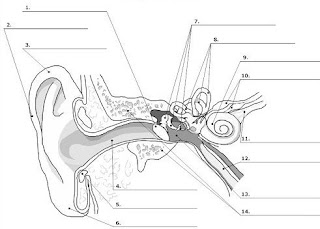Questions for 01 august zoology

Q:-1 Establish the phylogeny of modern horse by using fossil data. (15) Q:-2 Compare the features of Trilophodon and Stegodon. (10) Q:-3 Draw well labelled diagram of mammalian testis and ovary. Give their comparative account in mammals. (20) Q:-4 Give the functions of the following from given blank diagram after labelling. (10) a) 10 b) 13 c) 8 d) 6 Q:-5 Discuss the evolution of heart through its comparative account in various vertebrates. (20)